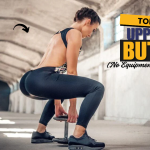Do you know that light exercise during your period can actually reduce cramps and boost your mood more effectively than complete rest? It’s a common myth that you should avoid physical activity during menstruation—but the truth is, gentle movement can be one of your best allies in managing discomfort and fatigue.
Menstrual cramps, bloating, mood swings, and low energy can make you want to curl up under a blanket for days. But staying still can actually make cramps feel worse. With the right at-home workouts, you can increase blood circulation, release endorphins, and ease that all-too-familiar abdominal pain—all from the comfort of your living room.
Let’s explore how simple movements can bring great relief.
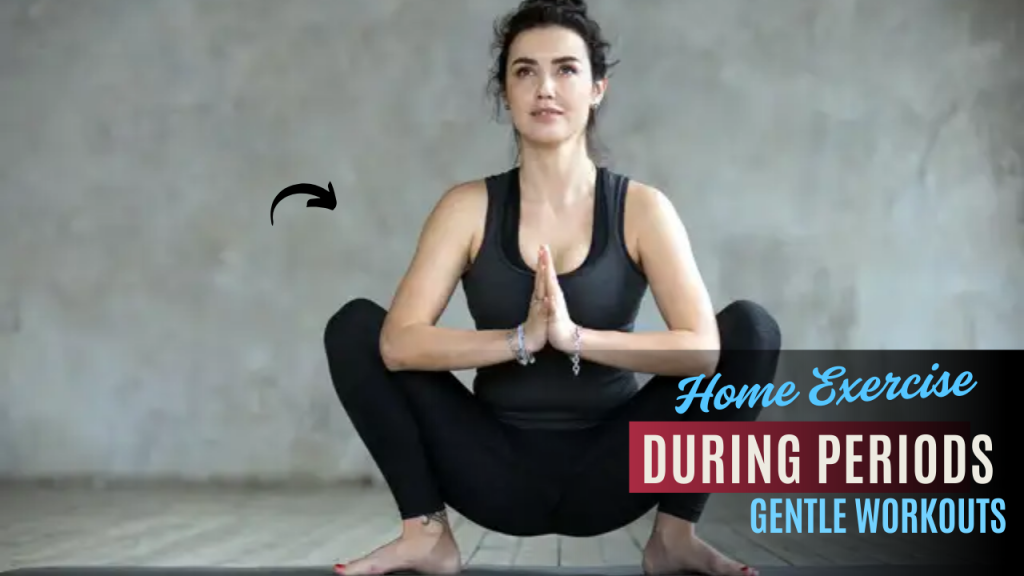
What Can Happen After 30 Days of Gentle Period Exercise
| Benefit | What You Might Notice |
|---|---|
| Reduced Cramps | Less intense menstrual pain, shorter cramp duration, and quicker relief with movement. |
| Improved Mood Stability | Fewer mood swings, irritability, and emotional lows throughout your cycle. |
| Increased Energy | Less fatigue during periods and more sustained energy throughout the day. |
| Reduced Bloating | Improved digestion and reduced water retention thanks to better blood flow. |
| Better Flexibility | Easier movement, less stiffness in hips and back, and improved posture. |
| Improved Sleep | Enhanced sleep quality due to endorphin release and reduced nighttime discomfort. |
| Cycle Awareness | A deeper connection to your body, helping you notice patterns and changes in your cycle. |
| Self-Care Routine Built | A positive habit loop that integrates exercise, mindfulness, and rest during your cycle. |
Do’s and Don’ts of Exercising During Periods
| Do’s | Don’ts |
|---|---|
| Choose gentle workouts like yoga, walking, or stretching | Don’t push yourself into high-intensity or intense cardio |
| Listen to your body and rest when needed | Don’t ignore signs of fatigue, dizziness, or severe cramps |
| Stay hydrated before, during, and after your workout | Don’t consume sugary or salty junk food post-exercise |
| Wear comfortable, breathable workout clothes | Don’t wear tight clothing that causes discomfort |
| Focus on breathing and mindful movement | Don’t hold your breath during stretches or core work |
| Use a yoga mat or soft surface for floor exercises | Don’t exercise on hard floors without support |
| Keep movements slow and controlled | Don’t aim for speed or high reps during period workouts |
| Track your cycle to adjust workout intensity monthly | Don’t follow a one-size-fits-all routine every cycle |
Why Exercise Helps During Periods
1. Reduces Menstrual Cramps
Exercise releases endorphins, your body’s natural painkillers, which help reduce the intensity of cramps. It also improves blood flow, which can ease the tight muscles in the lower abdomen.
2. Improves Mood
Hormonal shifts during menstruation can lead to irritability and sadness. Movement helps balance these hormones and reduces cortisol (the stress hormone), while boosting serotonin and dopamine—your happy hormones.
3. Boosts Energy
Although fatigue is common during menstruation, low-impact exercises can actually recharge your body and improve overall stamina throughout your cycle.
Common Myth Busted
Myth: You shouldn’t work out during your period.
Fact: As long as you listen to your body and choose the right types of movement, exercise is not only safe but highly beneficial during menstruation.
Best At-Home Exercises to Do During Your Period
Here are some gentle, equipment-free workouts that can soothe your body without overexerting it:
1. Gentle Yoga Poses
Yoga is one of the most recommended workouts during menstruation. Certain poses stretch the pelvic muscles and relieve cramps.
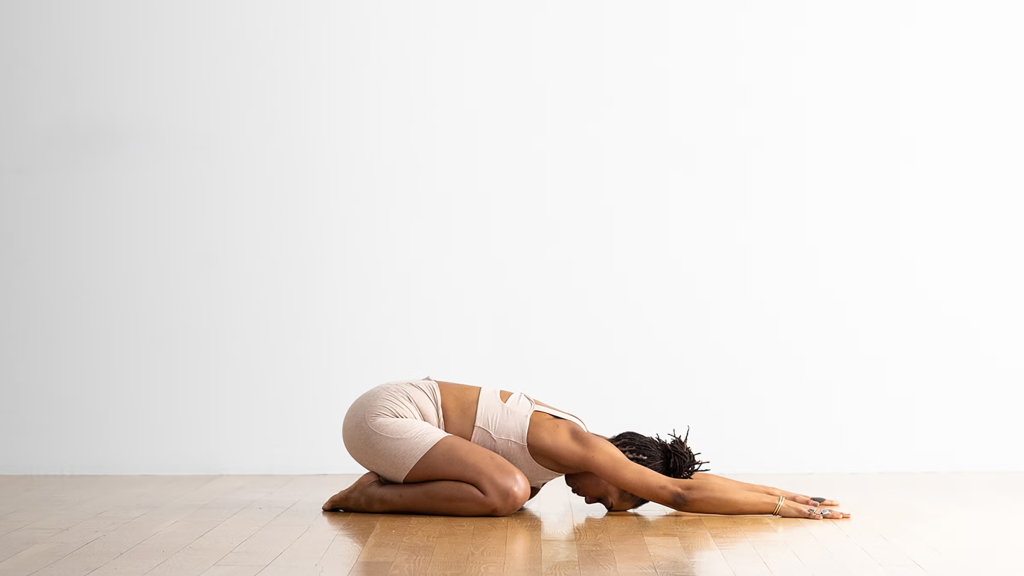
Child’s Pose (Balasana): Releases tension in the back and hips.
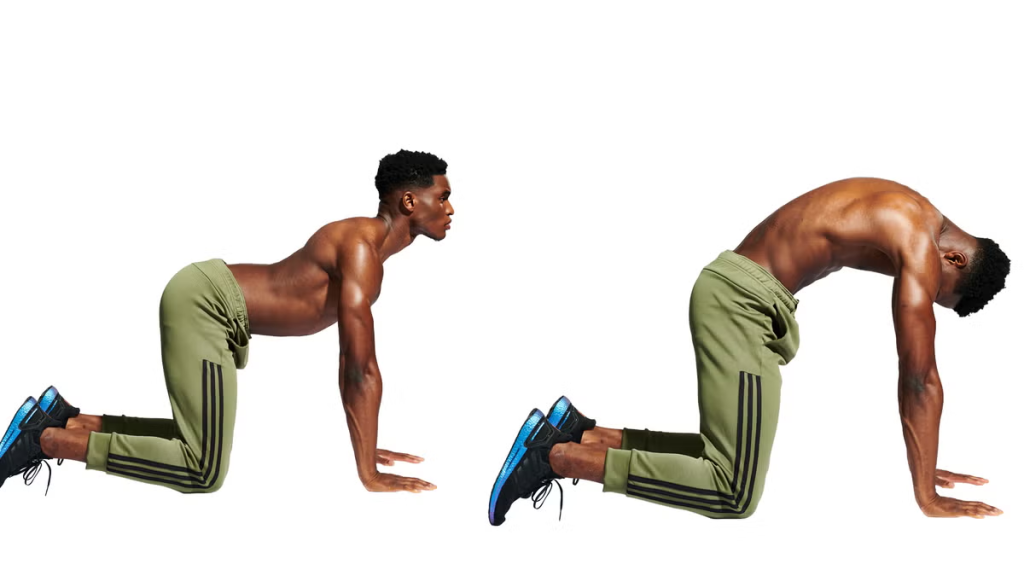
Cat-Cow Stretch: Promotes spinal flexibility and eases bloating.
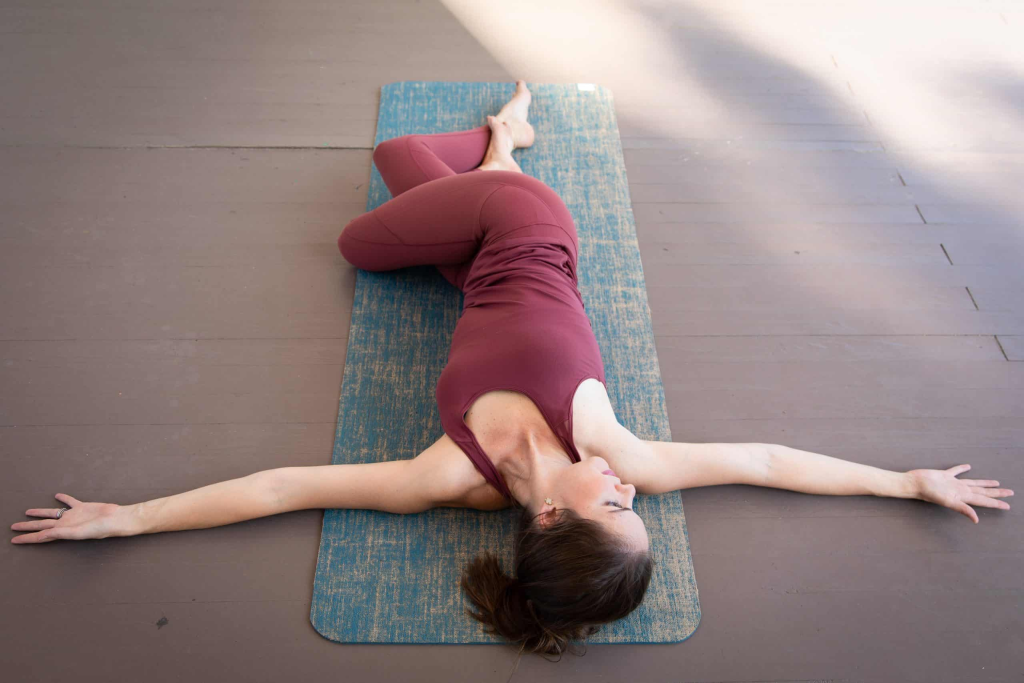
Supine Twist: Helps with digestion and lower abdominal pain.
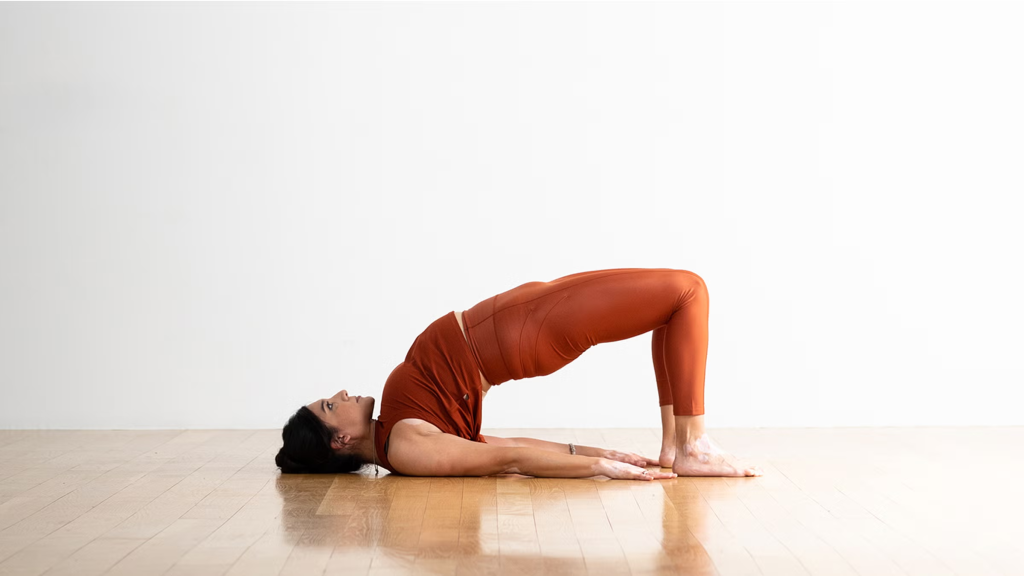
Bridge Pose: Strengthens lower back muscles and relieves pelvic tension.
Did You Know? Some yoga instructors advise avoiding inversions (like headstands) during heavy flow days due to pelvic pressure—but evidence on this is mixed and mostly cultural.
2. Walking in Place
A brisk 10-15 minutes of walking inside your room or hallway can boost circulation without tiring you out. It’s also a great option if you’re working from home and need a break.
3. Light Stretching
Simple stretches can help you feel less stiff and improve mobility.

Neck rolls

Arm circles

Side stretches
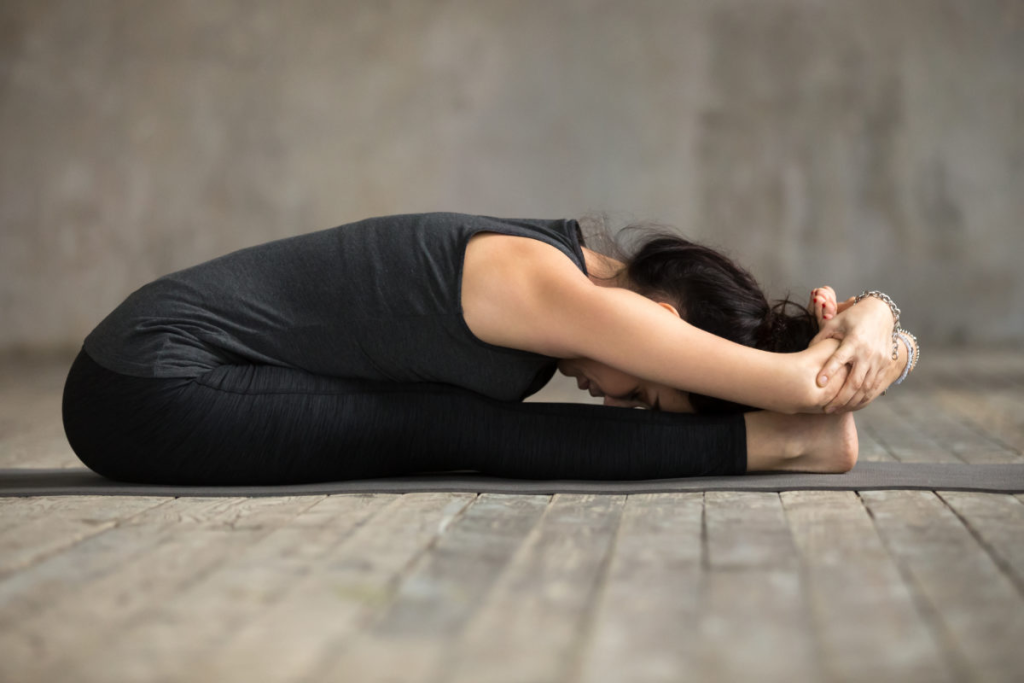
Seated forward fold
These movements may seem basic, but they can loosen up tension in your core, back, and hips—where cramps often radiate.
4. Low-Impact Pilates
Focus on moves that engage your core without intense strain, like:

Pelvic tilts
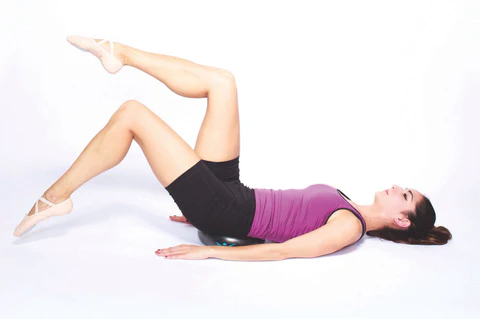
Toe taps

Leg lifts (with bent knees)

Deep breathing with core engagement
Pilates encourages alignment, breathing, and gentle core activation—perfect for period days.
5. Breathing and Meditation
Periods are not just physical; they can be emotionally draining. Guided meditation or 5–10 minutes of mindful breathing helps calm the nervous system and reduce pain perception.
Interesting Fact: Studies show that focused breathing can activate the parasympathetic nervous system, lowering the perception of period pain by up to 30%.
When to Avoid Exercise
While gentle exercise is great, always listen to your body. You may want to skip working out if:
- You’re experiencing unusually heavy bleeding
- You feel dizzy, faint, or extremely fatigued
- You have severe cramps that worsen with movement
- You have been advised by your doctor to rest
Your body knows best—respect its signals.
Hydration and Nutrition Tips for Better Workouts During Periods
Though the focus is on movement, don’t ignore what fuels your body:
- Hydrate with water or warm herbal teas to reduce bloating.
- Eat potassium-rich foods like bananas and sweet potatoes to reduce cramping.
- Avoid processed sugars and salty snacks, which can increase inflammation and worsen fatigue.
Final Thoughts
Periods don’t have to mean hitting pause on your physical wellness. With the right type of exercise, done at home in your own comfort zone, you can transform your cycle into a time of connection, strength, and self-care.
Remember: you don’t have to push your limits—just move gently and consistently.
Even 10 minutes of mindful movement can make a meaningful difference.
Frequently Asked Questions (FAQs)
Is it okay to exercise during my period?
Yes, absolutely. As long as you’re not experiencing severe symptoms or complications, gentle exercise can help reduce cramps, improve mood, and boost energy levels.
What type of exercise is best during menstruation?
Low-impact workouts like yoga, walking, stretching, Pilates, and breathing exercises are ideal. These forms of movement support your body without adding extra strain.
Can exercise make my period cramps worse?
Intense or high-impact exercise might worsen cramps for some people. However, gentle and moderate activity usually reduces pain by increasing blood flow and releasing endorphins.
How many days into my period should I start exercising?
You can exercise on any day of your period, depending on how you feel. Some women prefer starting after the first day when cramps are more manageable, while others benefit from moving gently right away.
Are there any exercises I should avoid during my period?
Yes. Avoid heavy lifting, high-intensity interval training (HIIT), and long endurance workouts—especially during the first few days if you’re feeling fatigued or crampy. Also, some prefer to avoid inversions in yoga during heavy flow days.
Does exercising during periods affect the menstrual flow?
Exercise doesn’t stop or increase your flow; it may even regulate it over time. Some women experience lighter periods and reduced PMS symptoms with regular movement.
Can I do abdominal exercises during my period?
Light core work like pelvic tilts and gentle leg lifts is fine. Avoid intense crunches or heavy core workouts if you’re experiencing cramps or lower abdominal pain.





